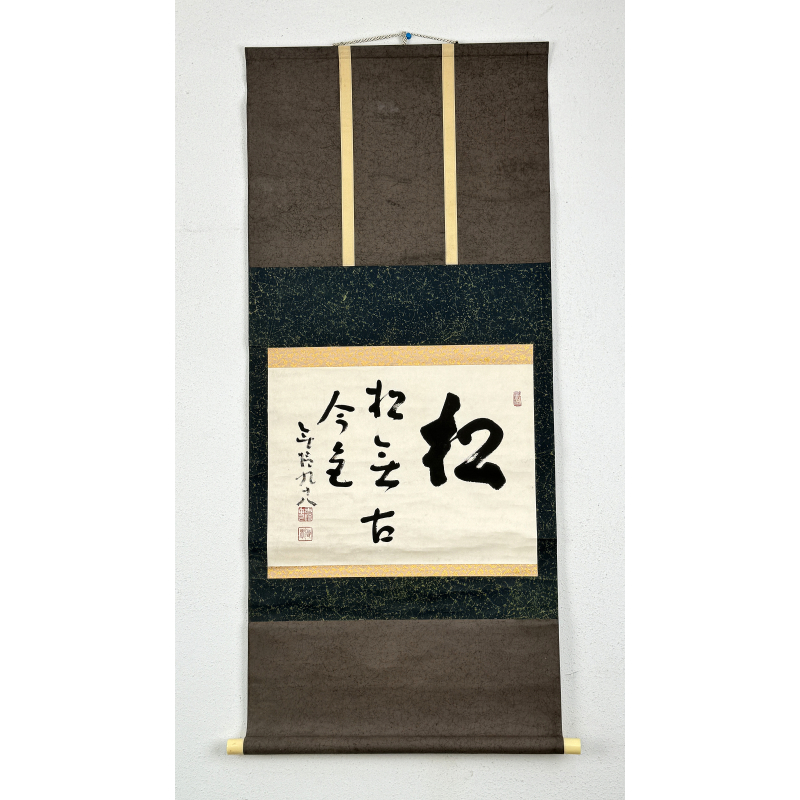







Antique Japanese painting
The origins of the kakemono can be traced back to Tang dynasty China (7th-9th centuries). This form of presenting works of art probably developed from sutras mounted on similar structures. It was later introduced into Japan during the Heian period by esoteric Buddhism. Initially the kakemono carried Buddhist representations for veneration, or as a way of displaying calligraphy or poetry. During the Kamakura period it became more common. From the Muromachi period onwards, due to the influence of Zen Buddhism, kakemono became associated with the tea ceremony, while the most commonly depicted subjects were landscapes, flowers and birds, as well as portraits and poetry. Over time it came to be appreciated more as a work of art than as a cult image. The support on which the artwork is made can be paper or silk.
Due to their age and use, our kakemono may present imperfections (stains, small tears...) which in no way affect their value as a decorative work, in accordance with the Japanese concept of Wabi-sabi.